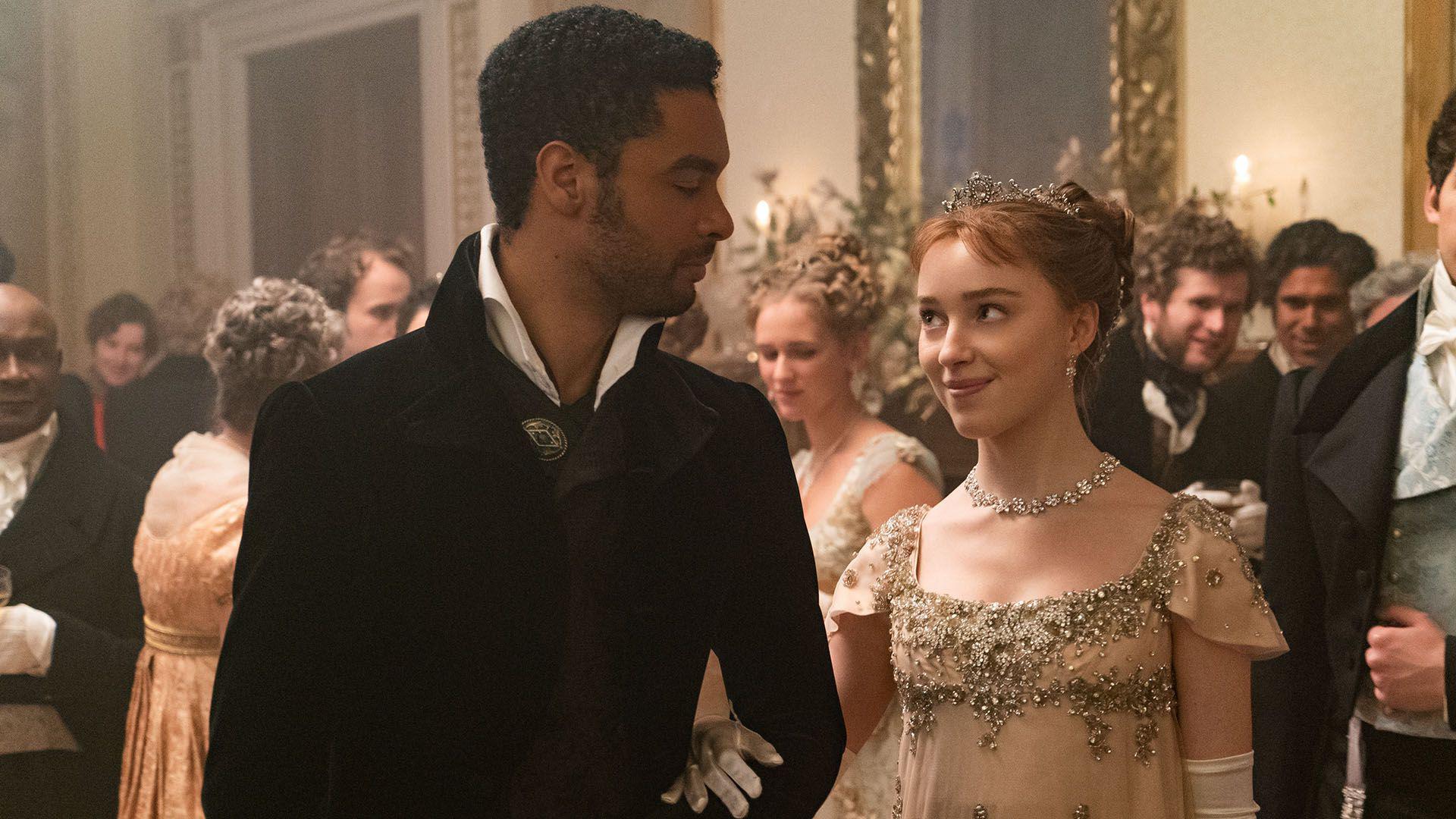
Since its release on December 25, Bridgerton has become the series of the moment. In addition to its interesting plot, set in the competitive world of high society in London during the Regency period, the hot sex scenes between the protagonists have given much to talk about, so much so that many compare the production of Netflix with the film ‘Fifty Shades of Gray’.
What few know is that, although the intimate encounters between Daphne and Simon looked quite natural and real, the truth is that these scenes were choreographed by an intimacy coordinator, with the intention that both actors felt safe. .
“We had many, many conversations about what we were doing. These scenes were heavily choreographed, like an action sequence, like ‘Your hand goes here, your leg goes there.’ Everything was really rehearsed,” he recounts. Infobae quoting Chris Van Dusen, producer of the series.
Phoebe Dynevor herself, actress who plays Daphne Bridgerton, confessed to the magazine Grace that, in fact, the first scenes in the series that were filmed were the sex ones. However, thanks to the fact that both she and her co-star King-Jean Page focused on creating a connection inside and outside the set so that everything looked as real as possible, they both felt safe and at ease. So much so, that for them recording the sex scenes was like choreographing a dance.
“We had a lot of dance rehearsals, which was amazing and really essential to finding the chemistry between us. With the intimacy scenes, we were able to rehearse all these scenes over and over before we went to the seven, so we were together most of the time before we started filming, ”Dynevor said.
Rege-Jean Page, for his part, said to Variety working hand in hand with a team of intimacy coordinators, who direct, guide, protect and care for talents, makes everything much easier. “It’s a little crazy that people have done this without one,” he pointed out.
According to EFE, the work of intimacy coordinators in series and films has grown in recent times by the #MeToo movement, which has led the audiovisual industry to reflect on the sexual abuse and assaults behind and in front of the cameras.